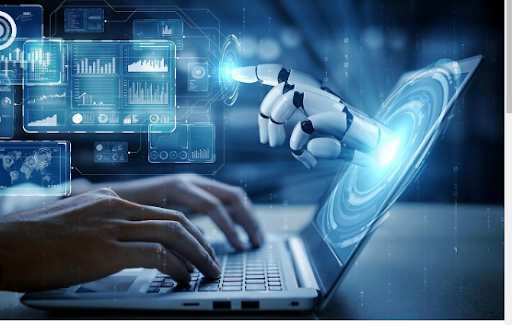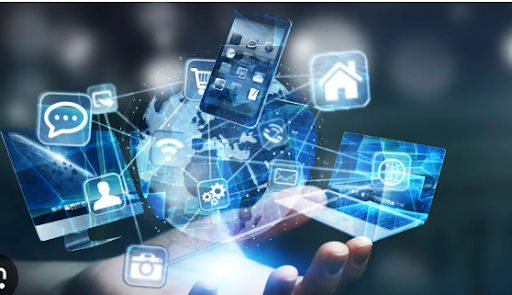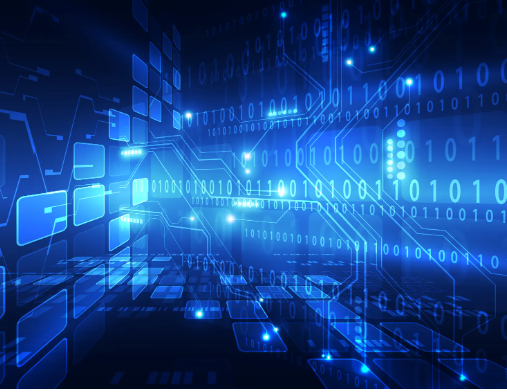Navigating investments during a recession requires strategic planning and adaptability. As we progress through 2025, understanding current economic dynamics is crucial for making informed investment decisions.
1. Diversify Your Portfolio
Diversification is a fundamental strategy to mitigate risk. By spreading investments across various asset classes—such as stocks, bonds, real estate, and commodities—you can reduce the impact of a downturn in any single market segment. This approach helps in balancing potential losses with gains from other areas.
2. Focus on High-Quality Bonds
In uncertain times, high-quality bonds, particularly government and investment-grade corporate bonds, can offer stability and regular income. Jeff Gundlach, a prominent bond investor, advises reallocating investments towards high-quality bond funds, especially as yields rise during Federal Reserve rate cuts.
3. Invest in Defensive Stocks
Defensive stocks, including those in utilities, healthcare, and consumer staples, tend to be less sensitive to economic cycles. These sectors provide essential services and products, maintaining demand even during economic downturns.
4. Consider Dividend-Paying Stocks
Companies with a history of consistent dividend payments can offer a reliable income stream, which is particularly valuable during recessions. Dividend-paying stocks often belong to established companies with stable cash flows.
5. Stay Informed and Flexible
Economic conditions can change rapidly. Staying informed about market trends and being prepared to adjust your investment strategy is essential. For instance, some investors are exploring opportunities in green energy and sustainable technologies, anticipating long-term growth despite short-term economic challenges.
6. Consult Financial Advisors
Engaging with financial advisors can provide personalized strategies tailored to your financial goals and risk tolerance. Professional guidance is invaluable in navigating complex economic environments.
Conclusion
Investing during a recession requires a balanced approach, focusing on diversification, quality assets, and adaptability. By implementing these strategies and staying informed, investors can navigate economic downturns more effectively.
At Techno-Sites, we are committed to providing insights and updates on the latest technological advancements, helping you navigate the evolving landscape of finance and investment.


















